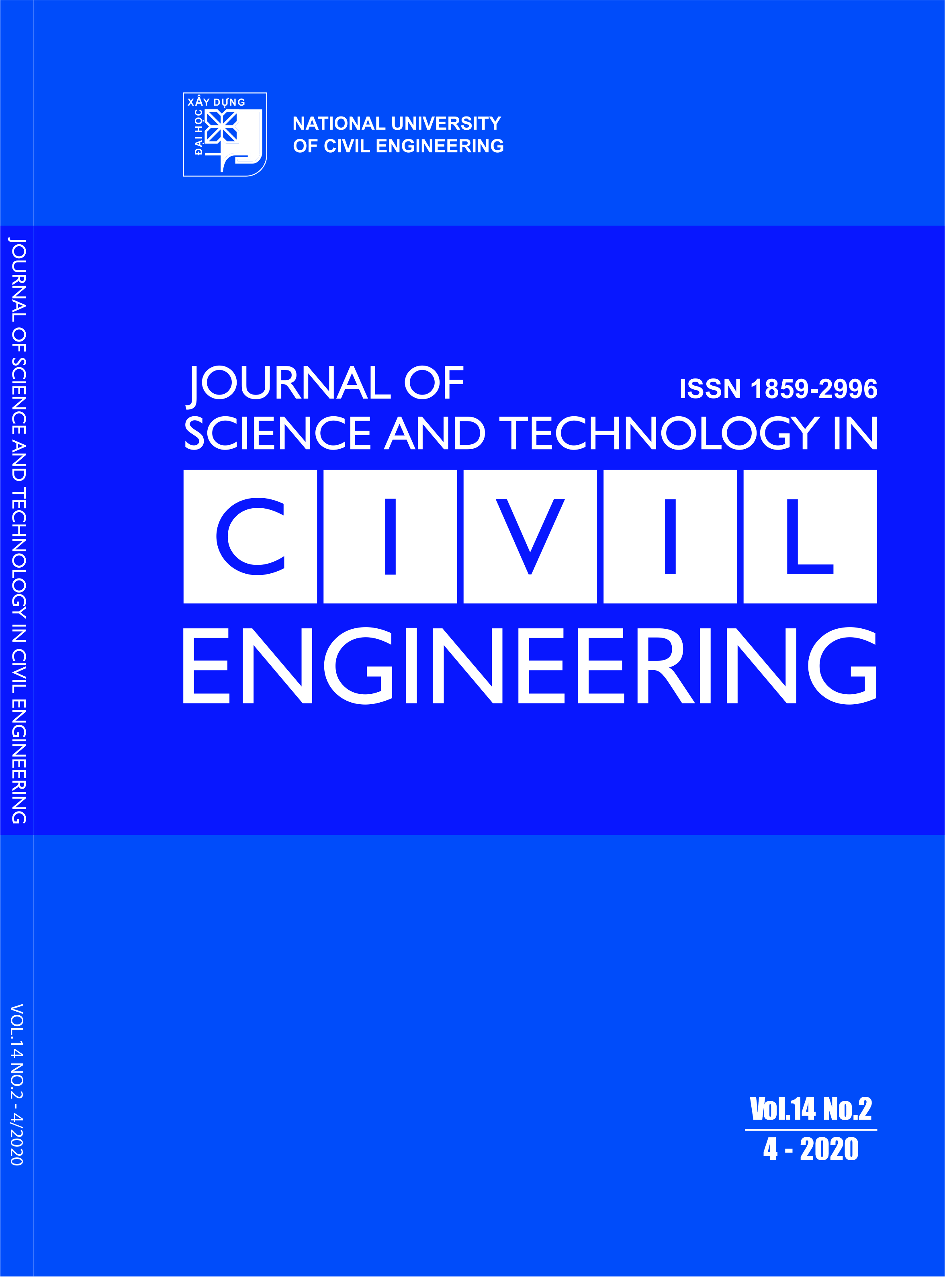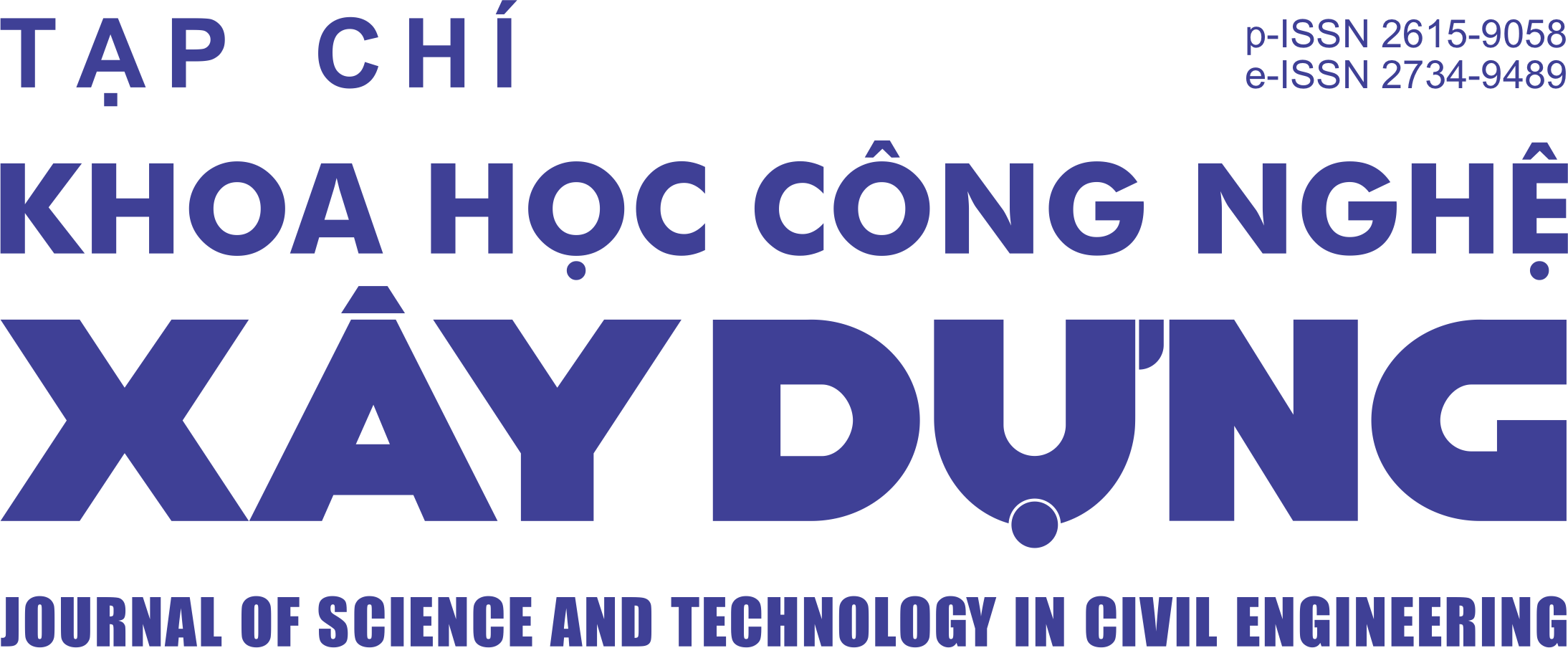Effect of hydraulic retention time on nitrogen removal in domestic wastewater by partial nitritation and Anammox processes
Abstract
The nitrogen treatment technology using the Anammox process is known to have advantages over conventional technology of nitrification - denitrification. For the purpose of evaluating the effect of hydraulic retention time to nitrogen removal in domestic wastewater by Anammox process, the authors conducted the study on partial nitritation and Anammox reactors, separately. Partial nitritation (PN) reactor used Felibendy plate material with Nitrosomonas bacteria while Anammox (AX) reactor used Felibendy cubes carrier material with strain Candidatus Brocadia anammoxidans. This study was implemented during 210 days. The nitrogen treatment efficiency of the system was evaluated with different hydraulic retention times (HRTs). The short HRT of 4.5 hours in the AX reactor affected to the total nitrogen treatment efficiency is low of 52.76 ± 1.29%. With the hydraulic retention times in PN + AX reactors of 9 and 6 hours, the effluent quality met the requirements of B-column according to QCVN 14:2008/BTNMT or QCVN 40:2011/BTNMT.
Keywords:
Nitrosomonas; Candidatus Brocadia anammoxidans; partial nitritation process; Anammox process; nitrogen treatment.
Downloads
Copyright (c) 2020 National University of Civil Engineering

This work is licensed under a Creative Commons Attribution-NonCommercial-NoDerivatives 4.0 International License.
1. The Author assigns all copyright in and to the article (the Work) to the Journal of Science and Technology in Civil Engineering (JSTCE) – Hanoi University of Civil Engineering (HUCE), including the right to publish, republish, transmit, sell and distribute the Work in whole or in part in electronic and print editions of the Journal, in all media of expression now known or later developed.
2. By this assignment of copyright to the JSTCE, reproduction, posting, transmission, distribution or other use of the Work in whole or in part in any medium by the Author requires a full citation to the Journal, suitable in form and content as follows: title of article, authors’ names, journal title, volume, issue, year, copyright owner as specified in the Journal, DOI number. Links to the final article published on the website of the Journal are encouraged.
3. The Author and the company/employer agree that any and all copies of the final published version of the Work or any part thereof distributed or posted by them in print or electronic format as permitted herein will include the notice of copyright as stipulated in the Journal and a full citation to the Journal as published on the website.







